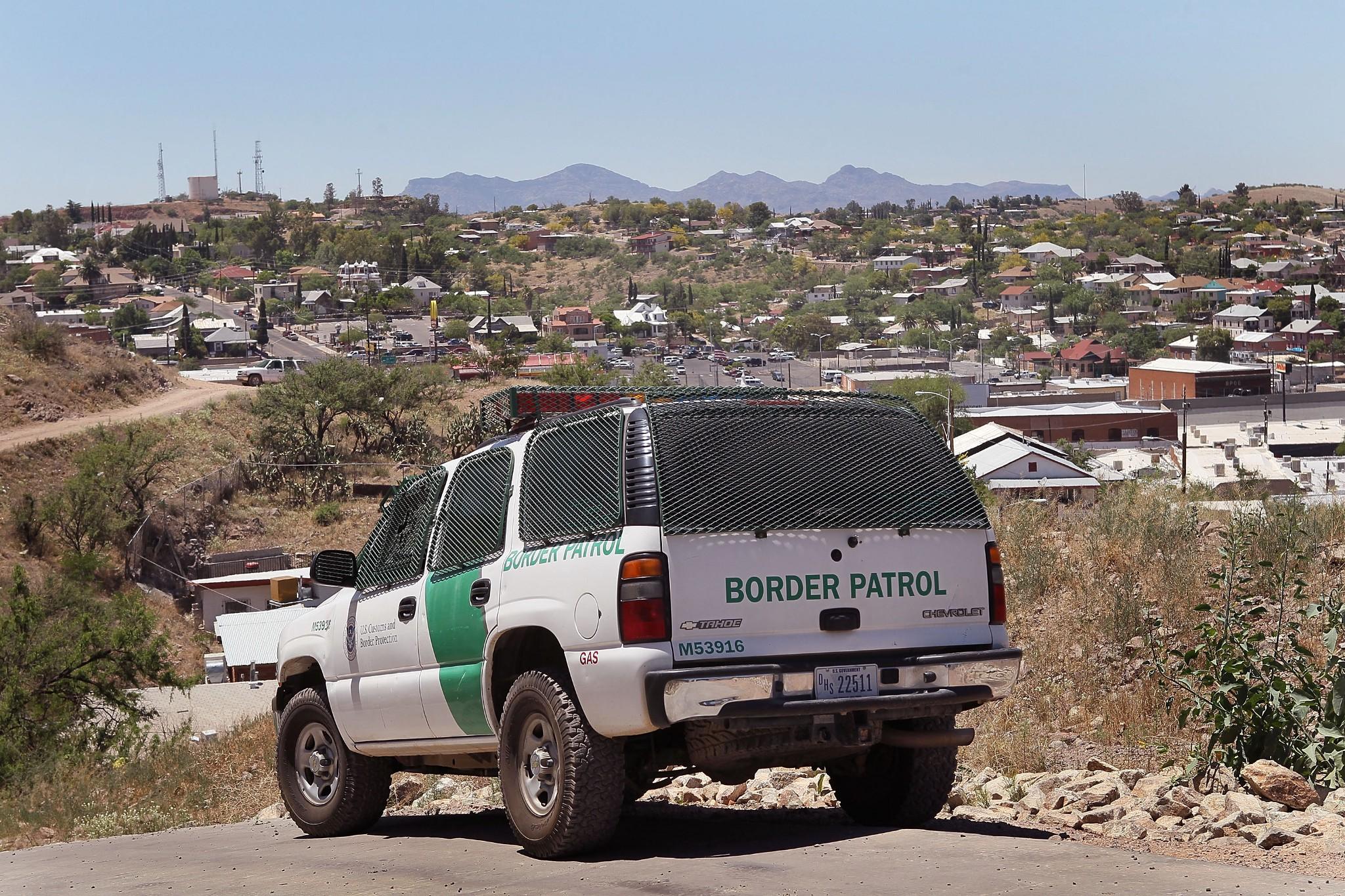The Biggest Winners in Trump Budget: The DEA and the War on Drugs
President Trump’s 2019 budget proposal, released Monday, requests nearly $30 billion for drug control. The majority of that funding is slated for law enforcement and an $18 billion border wall, with the purported dual purpose of stopping the flow of immigrants and illicit drugs from entering the country. The budget requests $2.2 billion in funding for […]

President Trump’s 2019 budget proposal, released Monday, requests nearly $30 billion for drug control. The majority of that funding is slated for law enforcement and an $18 billion border wall, with the purported dual purpose of stopping the flow of immigrants and illicit drugs from entering the country.
The budget requests $2.2 billion in funding for the Drug Enforcement Administration, $400 million more than two years ago. Both the immigration and DEA funding are meant to attack the supply side of illegal drug trafficking. On the demand side, the budget requests $625 million for addressing the opioid crisis in the most affected states and $50 million to expand access to the overdose reversal drug naloxone.
Public health policy experts and others closely following the deadly opioid crisis told In Justice Today that Trump’s proposed budget heavily prioritizes law enforcement drug interdiction, and other front-end interventions while vastly underfunding substance abuse treatment.
“The president’s budget proposal sends a message that his primary response to the crisis is based on the 1980s and 1990s drug war playbook,” Leo Beletsky, associate professor of law and health sciences at Northeastern University in Boston, told In Justice Today.
Dr. Daniel Ciccarone, a physician and professor at the University of California San Francisco, where he studies America’s heroin supply, described the president’s budget proposal as “sad,” and as having “misaligned priorities.”
Diane Goldstein, retired lieutenant commander of the Redondo Beach Police Department and a board member of Law Enforcement Action Partnership, said the administration’s approach is dangerous. Putting “emphasis on an already failed enforcement, whack-a-mole strategy that will only result in more death, disease and addiction,” she said.
Critics like these hoped to see more funding in the budget reserved for public health and harm reduction interventions that have demonstrated their potential to reduce the country’s skyrocketing mortality rate. Thanks to the opioid crisis, life expectancy in the United States has dropped for the past two years straight, the first decline since the 1920s flu pandemic.
DEA’s Strategy for the Opioid Crisis
The Trump budget proposal comes one week after the Drug Enforcement Administration placed every illicit fentanyl analogue — potent opioids typically sold as heroin — into the Schedule I category of the Controlled Substances Act, reserved for drugs that have no medical benefit.
Emergency scheduling makes it easier for prosecutors to prove in court that illicit analogues are illegal and dangerous.
Ismail Ali, an attorney advising the Multidisciplinary Association for Psychedelic Studies (MAPS) on policy, told In Justice Today that the DEA announcement is another chapter in the agency’s long history of misusing emergency scheduling powers.
In the mid 1980s, when MDMA (also known as Ecstasy) slowly moved out of psychotherapy and into the club scene, the DEA ignored evidence from psychiatrists about its therapeutic uses and even the advice of a DEA Administrative Law Judge Francis L. Young who urged the agency to leave it in the Schedule III category, defined as “drugs with a moderate to low potential for physical and psychological dependence.”
“Any purported evidence used to justify what goes in what schedule is not really relying on scientific data,” Ali of MAPS said. “[The] DEA can’t even begin to have a conversation around what we should actually be doing to respond to the crisis — things like supervised consumption sites and heroin-assisted treatment. The dominant societal perspective is slow to accept that we should not put the moral burden on the user.”
Dr. Ciccarone of the University of California San Francisco told In Justice Today that the move to emergency schedule appeared to be unprecedented. He said he’s never seen an entire class of drugs and all its derivatives — known and unknown — banned, which speaks to how serious a threat law enforcement views fentanyl.
But he added that efforts to disrupt drug supply could be costly without yielding desired outcomes.“Every $1 spent on harm reduction and treatment leads to multiple dollars of public health and individual benefit,” he said. “We can’t be robbing those funds to pay for things like interdiction.”
“We desperately need demand-side reductions,” Ciccarone added. “Lives are at stake.”
